Prepare your helmets! BMW M Motorsport has just unveiled its new weapon for the race tracks: the 2026 BMW M2 Racing. Built on the acclaimed G87 chassis of the street M2, this model is the gateway to the world of racing under the Bavarian brand’s banner, focused on customer racing teams. Let’s dive into the details of this machine!
Overview: The New Step for BMW Motorsport
The 2026 M2 Racing is not just an M2 with stickers. It represents a joint effort between the high-performance M Motorsport division and BMW’s series production engineers. The goal? To create a race car that combines visceral performance, bulletproof durability, and, crucially, kept maintenance costs for teams operating with more realistic budgets.
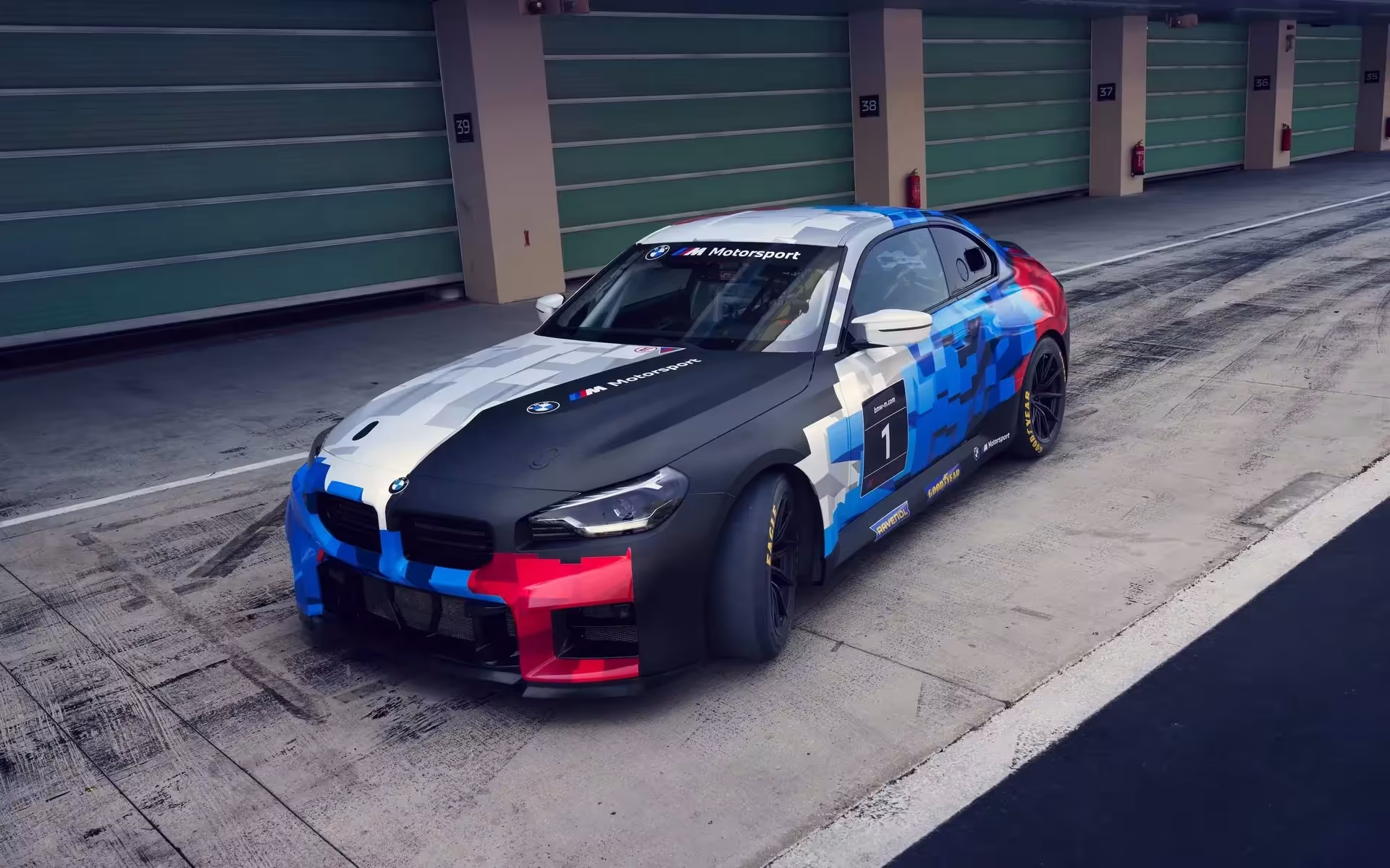
This car fills an important gap in the BMW M Motorsport portfolio, offering a robust and accessible platform for drivers and teams looking to progress in motorsport. It positions itself as an initial step before moving up to more demanding categories with models like the M4 GT4 or GT3, reflecting the brand’s continuous evolution in racing—a trend we even see in concepts like the BMW Vision Neue Klasse X, which previews a future electric M3.
New Features and Upgrades: Racing DNA
The transformation from a street M2 to an M2 Racing is profound. The G87 chassis has been extensively modified, receiving structural reinforcements and a welded safety cage, certified by DMSB/FIA, ensuring maximum driver protection. To optimize the center of gravity and reduce weight, the original roof was replaced with a carbon fiber component.
Competition-specific components have been integrated, such as suspension developed in partnership with KW, inspired by the technology used in the brand’s GT3 cars, although here it features a non-adjustable setup to simplify “plug & play” tuning. Race brakes (whose dimensions BMW keeps secret, as usual) and quick-release latches on the hood and trunk are essential for agility during pit stops. Flexible power management, allowing adjustments according to category regulations (Balance of Performance – BoP), is another highlight, starting from a base of 313 hp.

Key Improvements:
- Reinforced and lightened G87 chassis
- FIA-standard safety cage
- Carbon fiber roof
- KW race-specific suspension
- High-performance brakes
- Quick-release latches (hood/trunk)
- Adjustable engine management
Technical Specs: Numbers of the Beast
Now to the specs that truly matter for those who live for speed. Unlike the street M2 with its six-cylinder engine, the M2 Racing bets on a tuned version of the 2.0-liter four-cylinder B48 family engine. An interesting choice, likely aiming at cost, durability, and compliance with specific regulations.
Detailed Specifications:
| Item | Specification |
|---|---|
| Category | Customer Racing (Entry Level) |
| Engine | 4-cylinder, 121.8 cu in (B48 base) |
| Max Power | Up to 313 hp (~6,500 rpm) |
| Max Torque | 310 lb-ft |
| Transmission | ZF 8HP 7-speed Sequential (M Software) |
| Weight | 3,304 lbs |
| Top Speed | > 168 mph |
The 7-speed ZF sequential transmission, enhanced with M Motorsport software and equipped with a mechanical locking differential and dedicated cooling, guarantees fast and efficient shifts. According to BMW M Motorsport, durability was a central focus during component development.
Competition: How Does It Compare?
In the entry-level customer racing world, the competition is fierce. The 2026 M2 Racing competes in a segment that includes machines like the Porsche 718 Cayman GT4 Clubsport and the Alpine A110 Cup. Each has its strengths, and the choice largely depends on the team’s budget and goals.
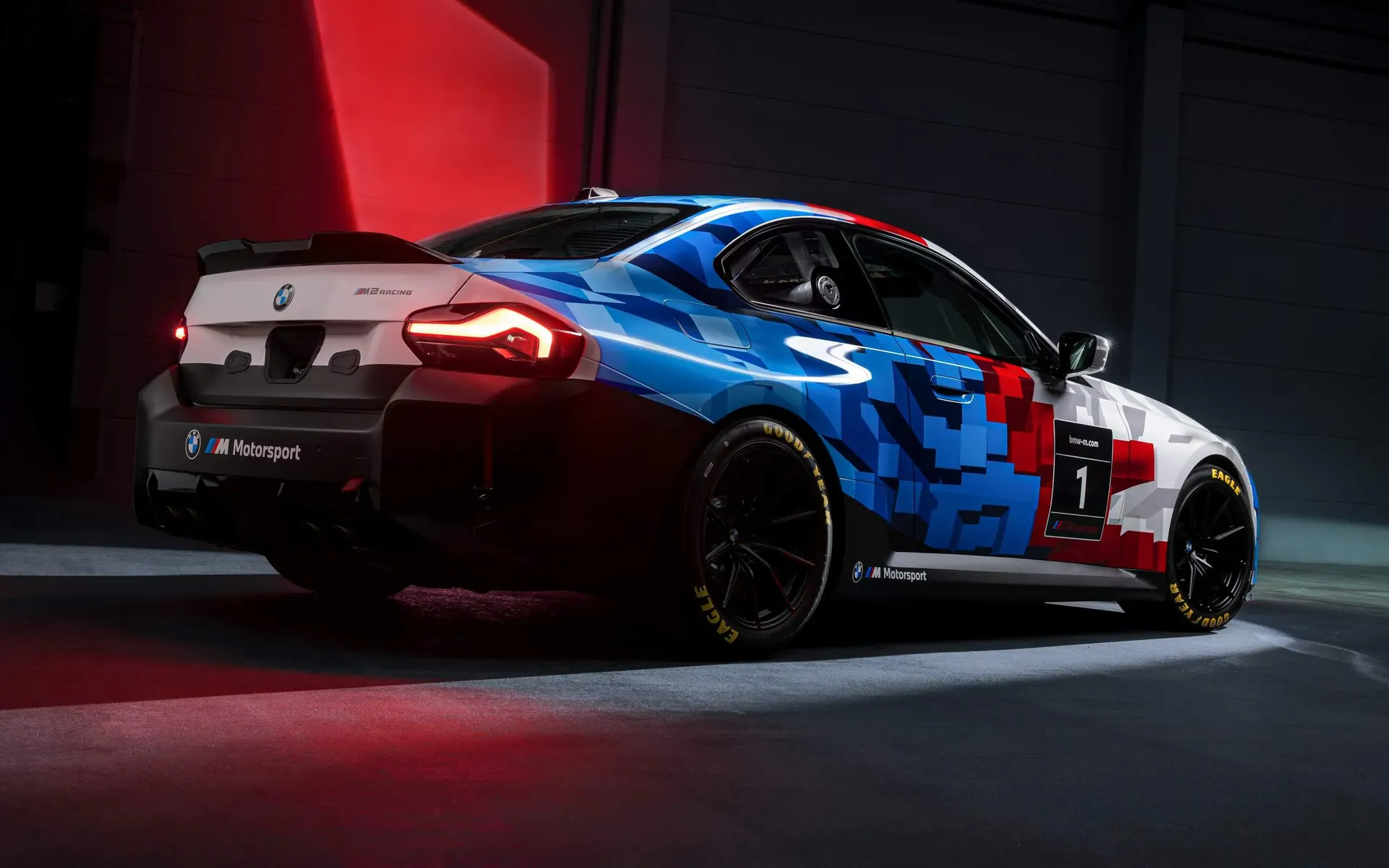
Direct Competitors on Track:
| Competitor | Power | Price (Base €) |
|---|---|---|
| 2026 BMW M2 Racing | 313 hp | €98,000 (net) |
| Porsche 718 Cayman GT4 Clubsport | 425 hp | €134,000+ |
| Alpine A110 Cup | 270 hp | ~€100,000 |
The M2 Racing clearly positions itself as an option with excellent initial value. It offers less raw power than the Cayman GT4 Clubsport, which is a benchmark in the category, but costs significantly less. Compared to the Alpine A110 Cup, the BMW has more power but is also considerably heavier (3,304 lbs vs. 2,315 lbs), affecting the power-to-weight ratio. BMW’s choice seems aimed at teams that value robustness and controlled operating costs—a philosophy that runs throughout its history of sporty coupes, as detailed in the complete history of the BMW M4.
Pros and Cons: Weighing the Decision
No machine is perfect, and the M2 Racing has its strengths and weaknesses that any interested team should consider. BMW’s proposal is clear: accessibility and reliability for those just starting or seeking a solid, less complex option.
Strengths:
- Competitive purchase price
- Reduced maintenance costs (based on M2 platform)
- Accessible drivability (“plug & play” setup)
- BMW M Motorsport support network
- Adjustable power for BoP
Areas for Improvement:
- Power lower than some direct rivals
- Relatively high weight (3,304 lbs)
- No factory-tiered versions
- 4-cylinder engine (might disappoint purists)
The limited power and weight may be seen as disadvantages in terms of outright performance compared to cars like the Porsche. However, for many entry-level categories and one-make championships (if they come to exist), balance and ease of setup may be more valuable. The inheritance of components from the road car makes it easier to obtain parts, a crucial point for budget-conscious teams.
Price: How Much to Join the Game?
BMW positioned the 2026 M2 Racing with a very aggressive entry price in the European market: €98,000 (net), meaning excluding local taxes. This makes it one of the most financially attractive options to enter the racing world with a modern, factory-supported car.
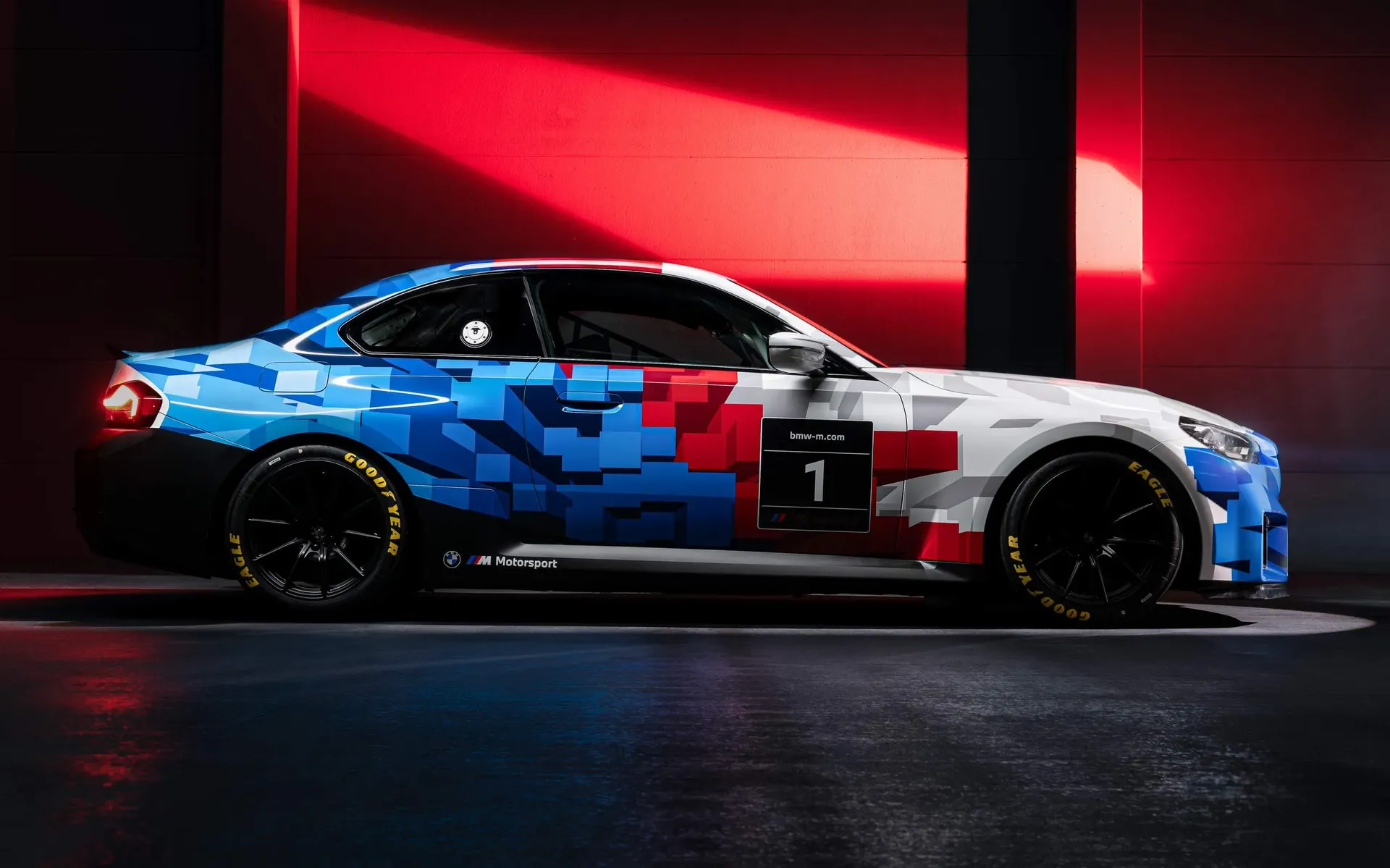
These prices are indicative only and do not include shipping, import taxes, and other fees applicable in each market. The pricing information was confirmed by sources such as NetCarShow.com.
Frequently Asked Questions (FAQ)
- What engine does the 2026 BMW M2 Racing use?
It uses a tuned version of the BMW B48 engine, a 2.0L turbocharged 4-cylinder producing up to 313 hp. - Can the M2 Racing be driven on the street?
No. It is a car developed exclusively for track use and racing, with no homologation for public roads. - Who is this car intended for?
Primarily for customer racing teams and drivers seeking an entry-level race car with a good balance of performance, cost, and ease of use. - What is the main advantage of the M2 Racing?
Its initial cost-effectiveness, simplified maintenance due to the production-based M2 platform, and accessible drivability for drivers at various levels. - Is it very different from the street BMW M2?
Yes, significantly. It features a safety cage, stripped interior, racing-specific suspension, brakes, transmission, and aerodynamics, plus a different engine (4-cylinder vs. 6-cylinder in the street G87 M2).
Considering the complete package, the 2026 BMW M2 Racing seems like a smart move by BMW M Motorsport. It doesn’t try to be the fastest or most powerful car in the entry-level category but aims to be the most balanced and accessible. For teams needing to control budgets without sacrificing modern, reliable equipment with BMW pedigree, it presents an extremely interesting option. It’s the ideal tool to develop new talent and allow more enthusiasts to experience the thrill of the track with the M badge.
And you, what do you think about the new 2026 BMW M2 Racing? Do you believe it has the potential to dominate entry-level categories? Leave your comment below!




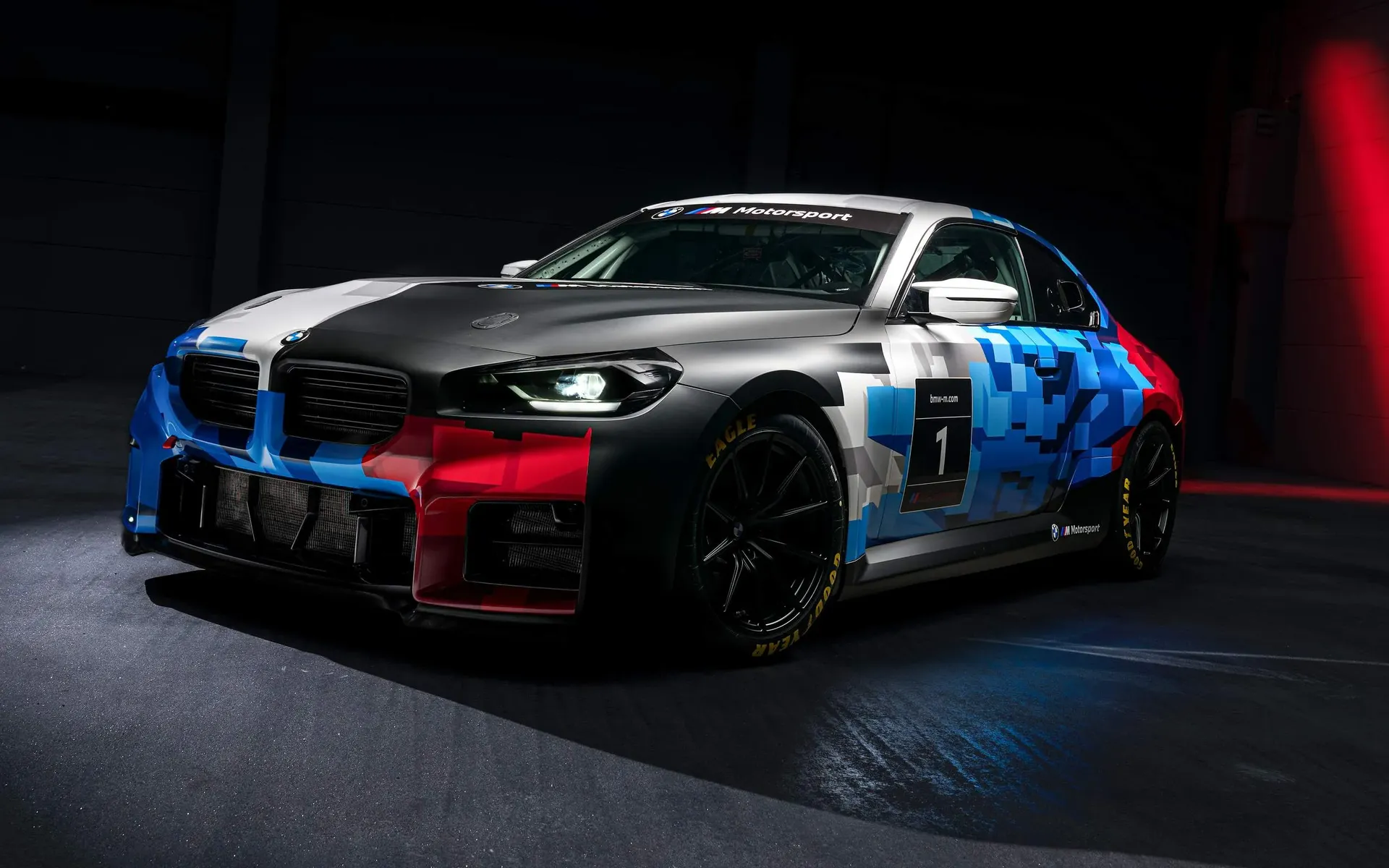


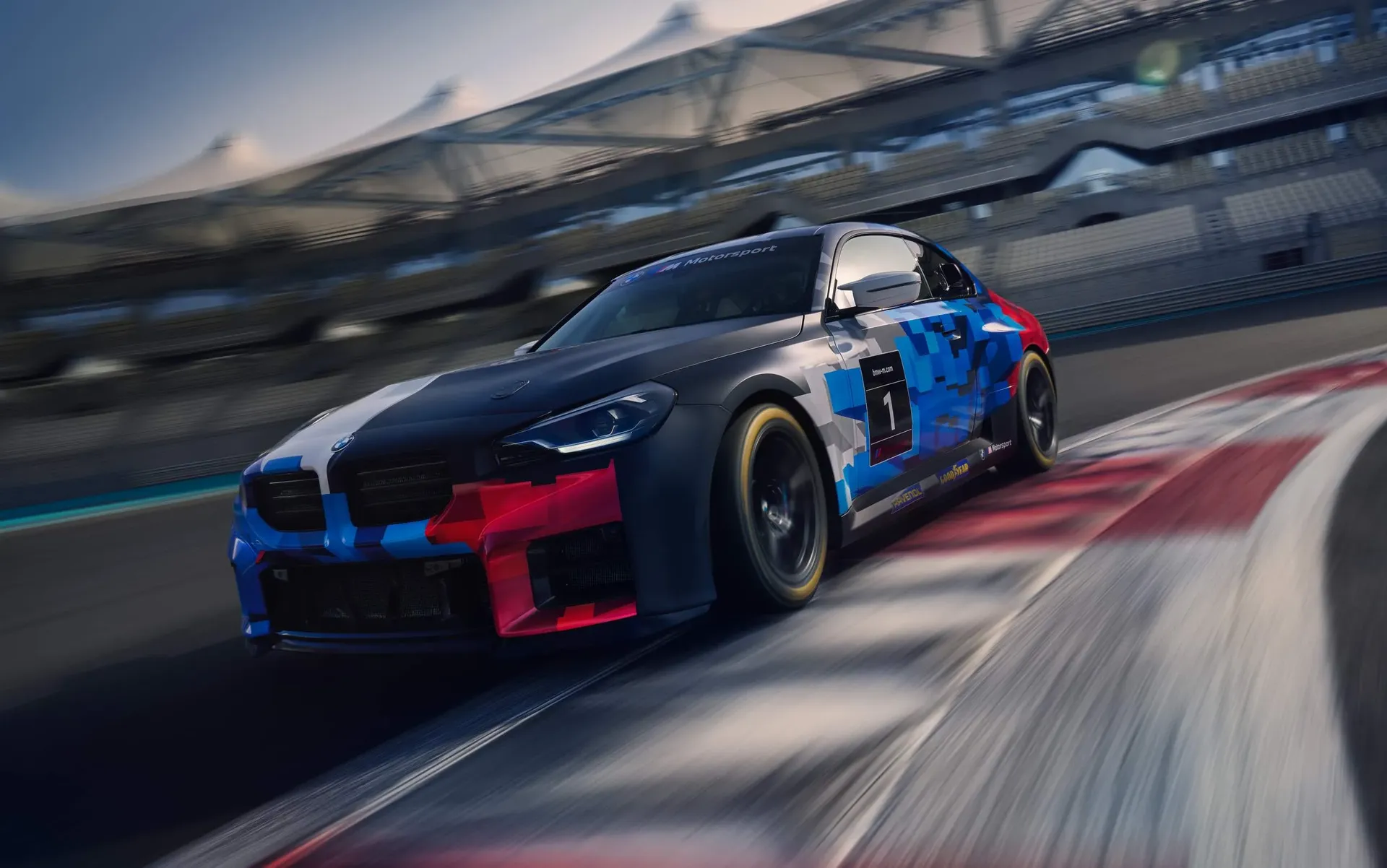
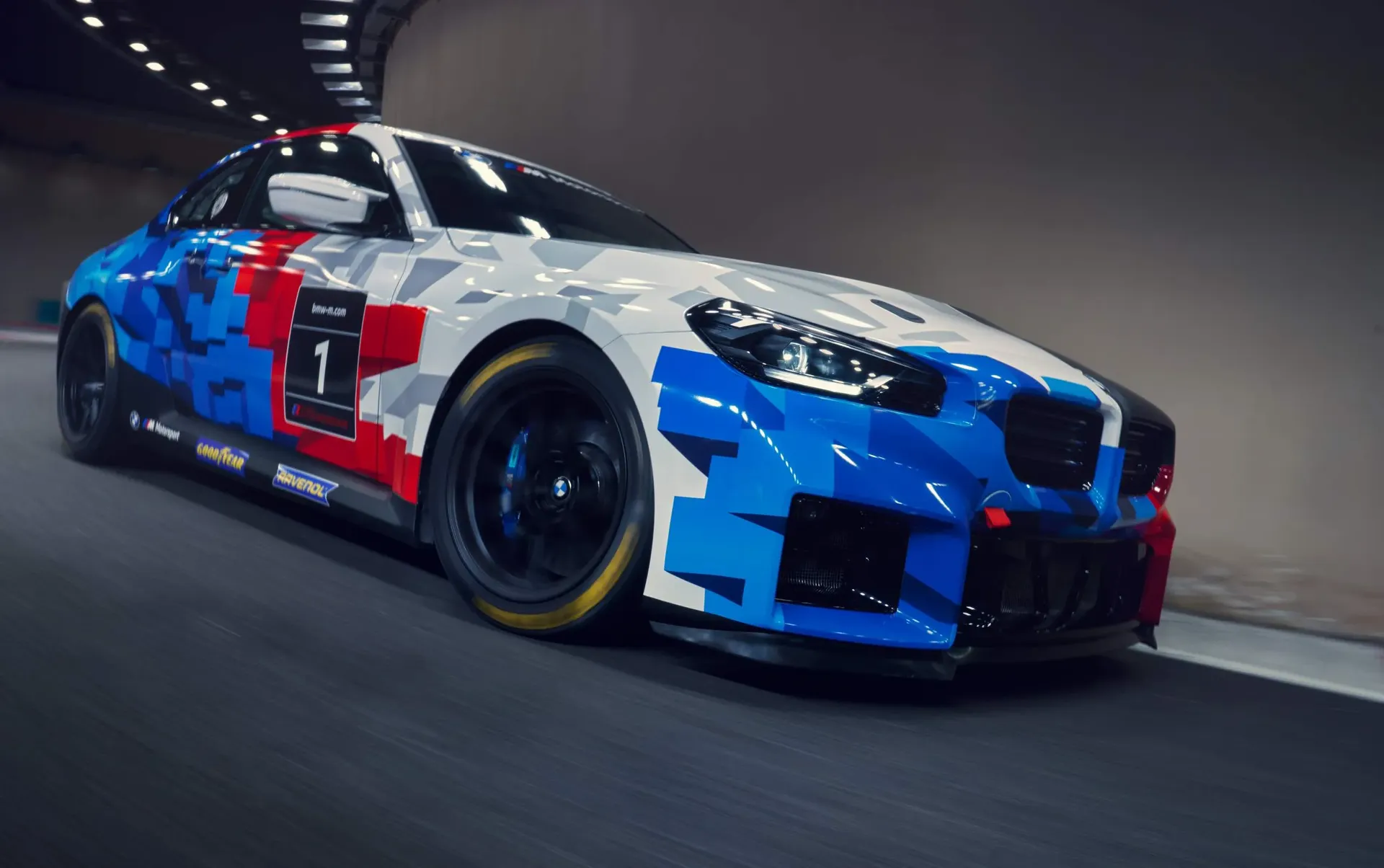
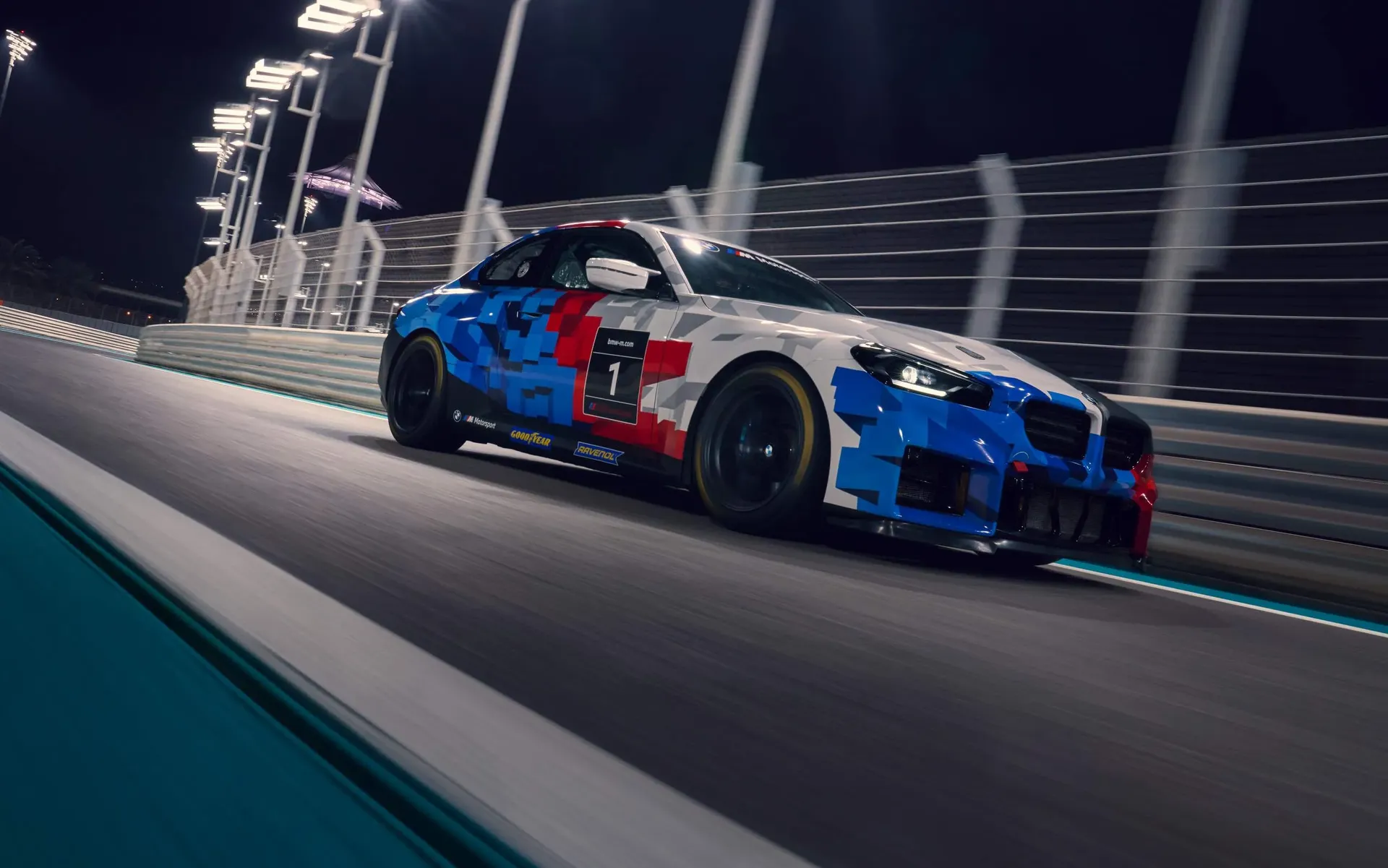
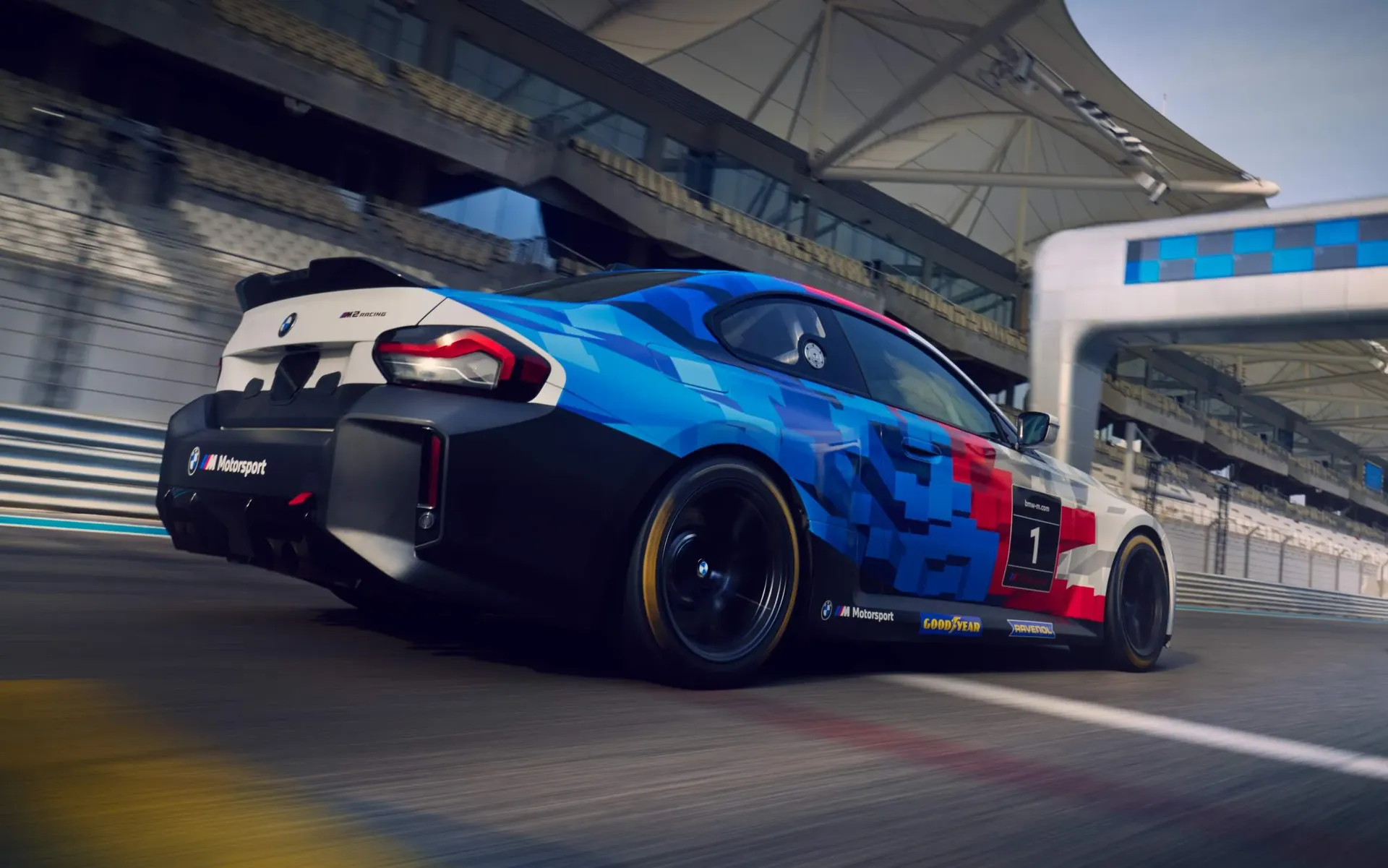
Author: Fabio Isidoro
Founder and editor-in-chief of Canal Carro, he dedicates himself to exploring the automotive universe with depth and passion. A car and technology enthusiast, he produces technical content and in-depth analyses of national and international vehicles, combining quality information with a critical eye for the public.
